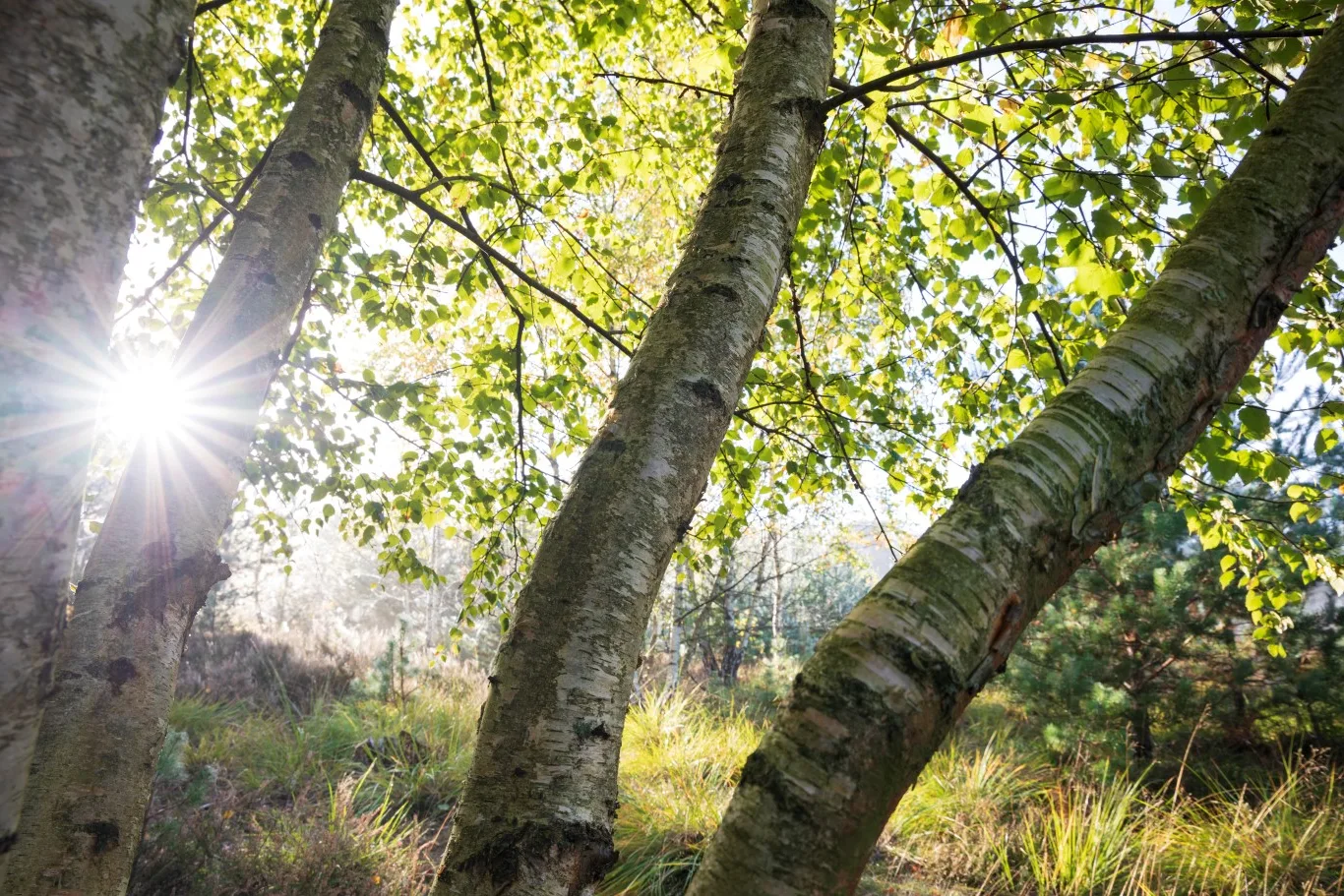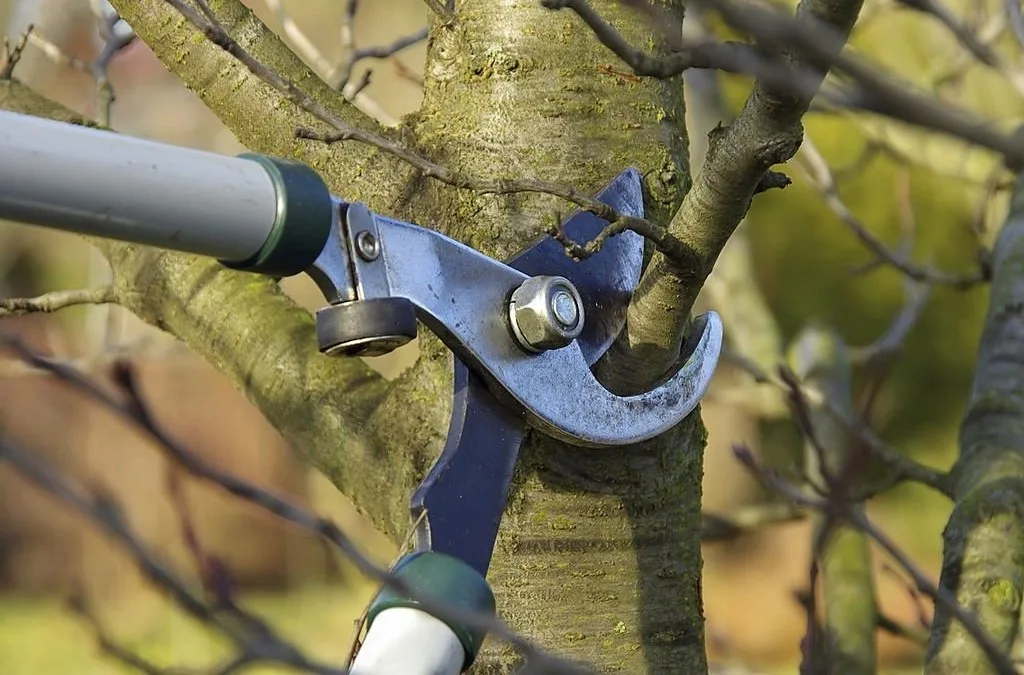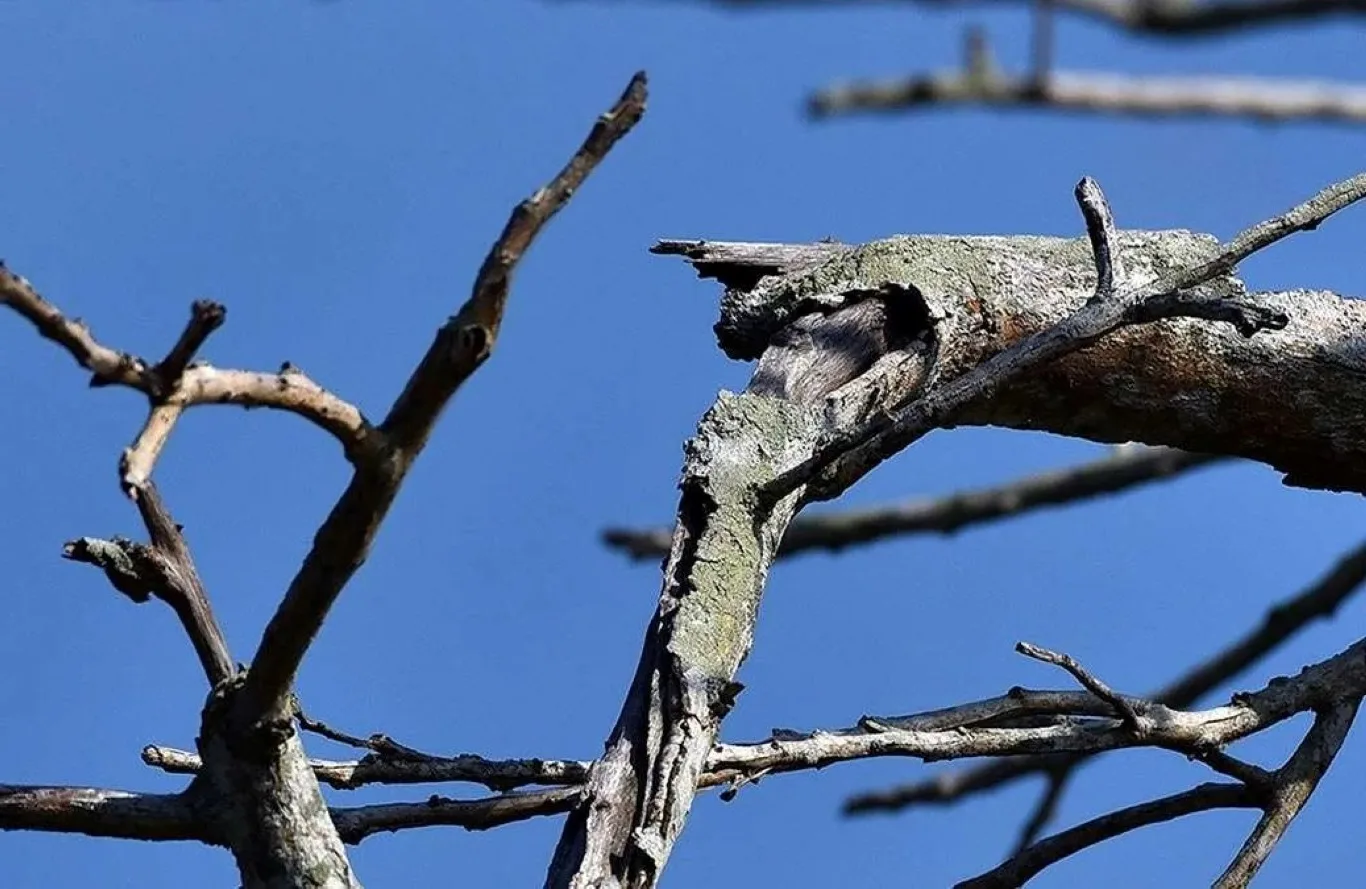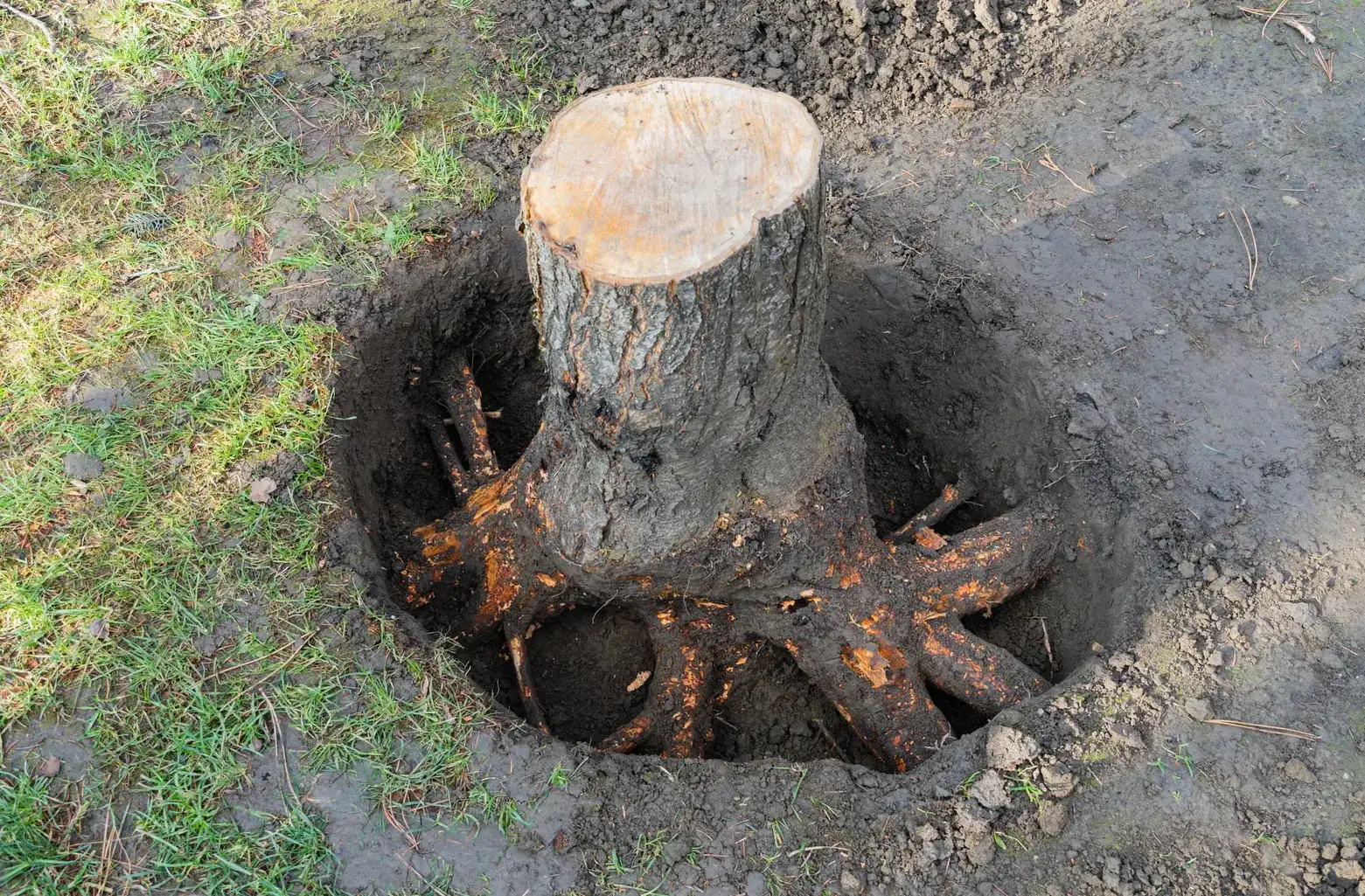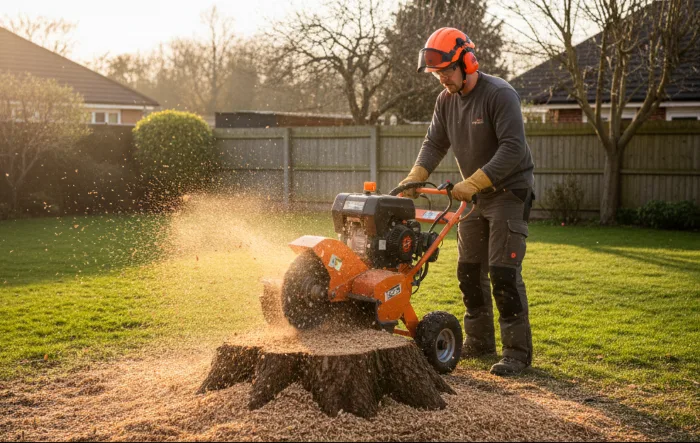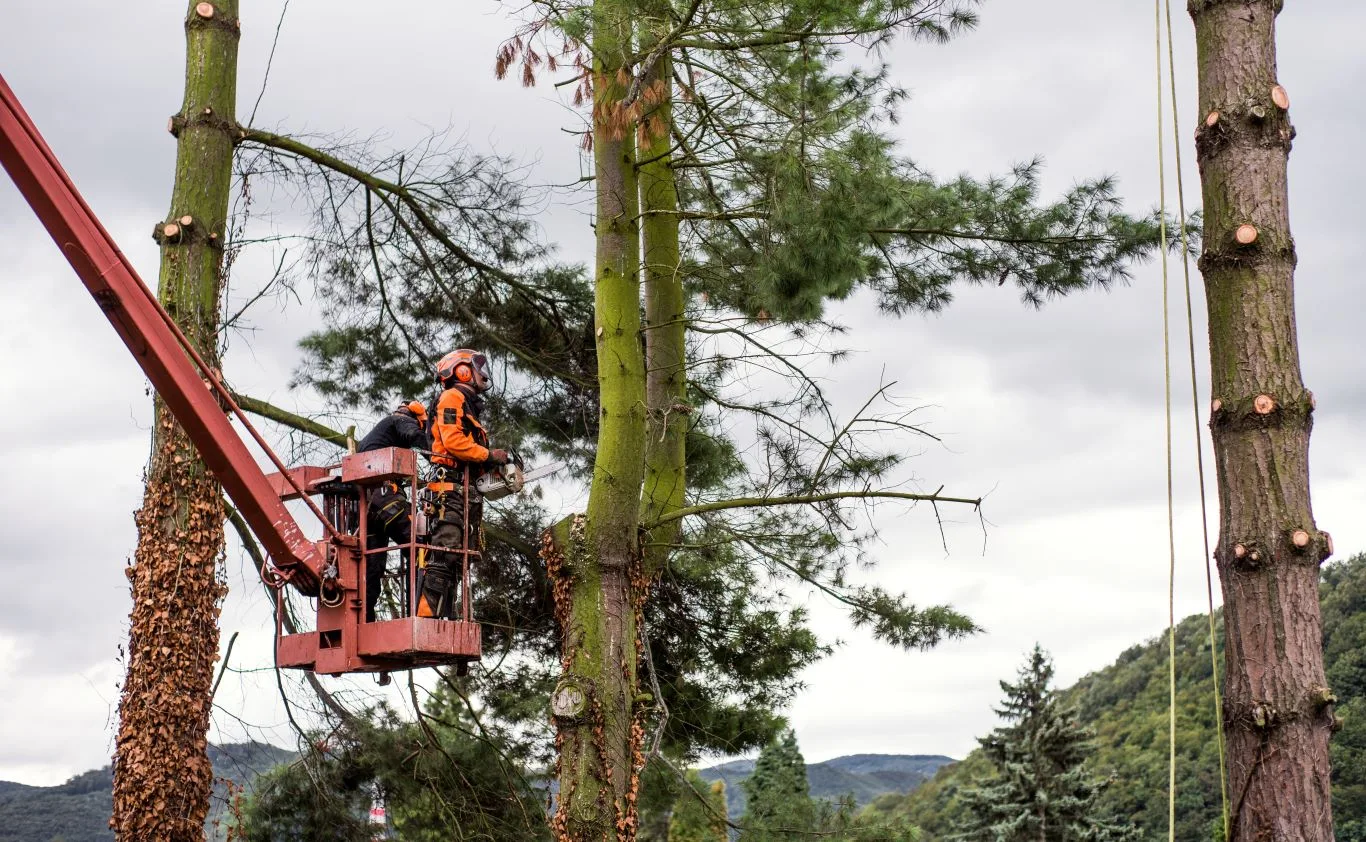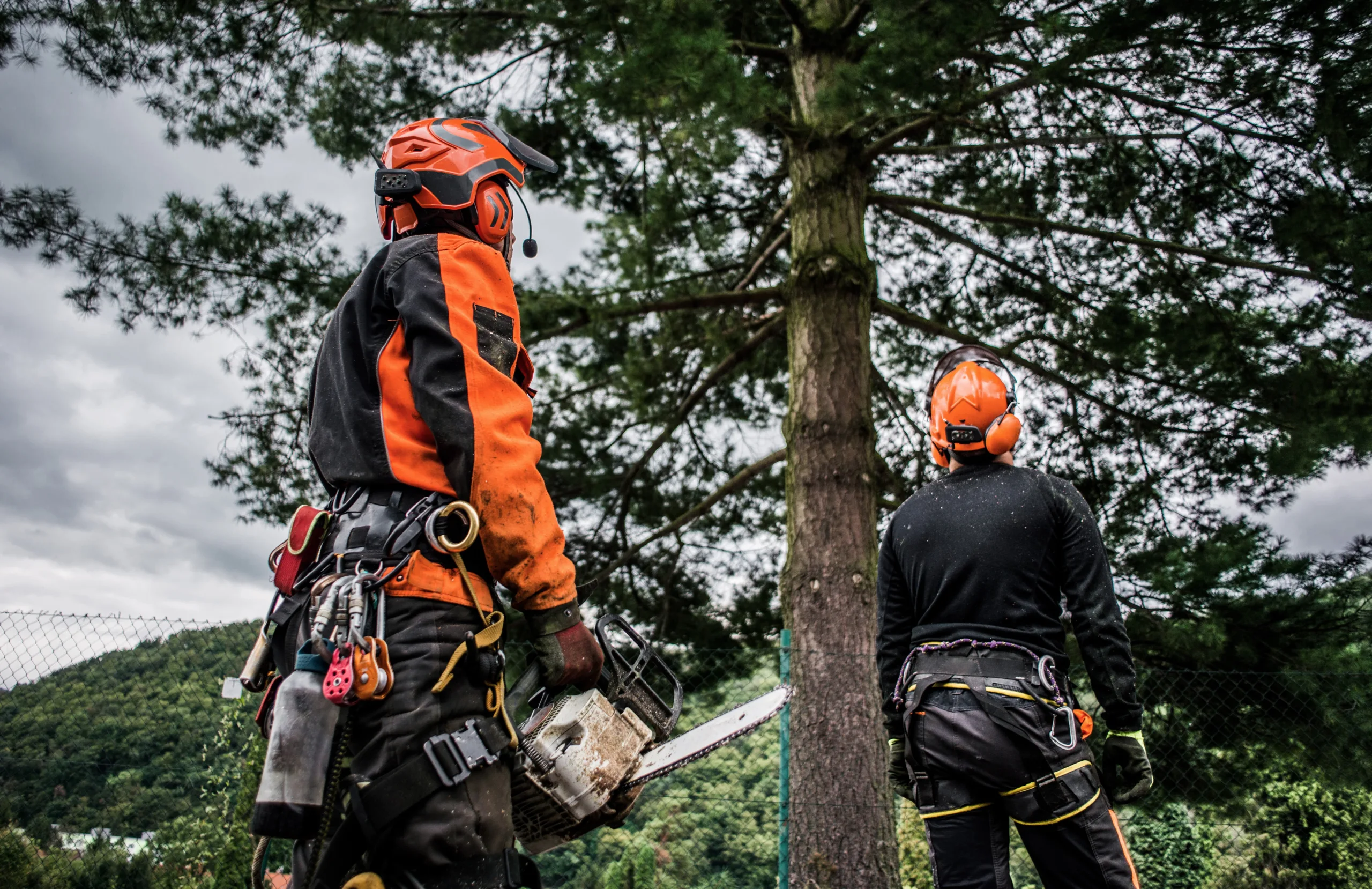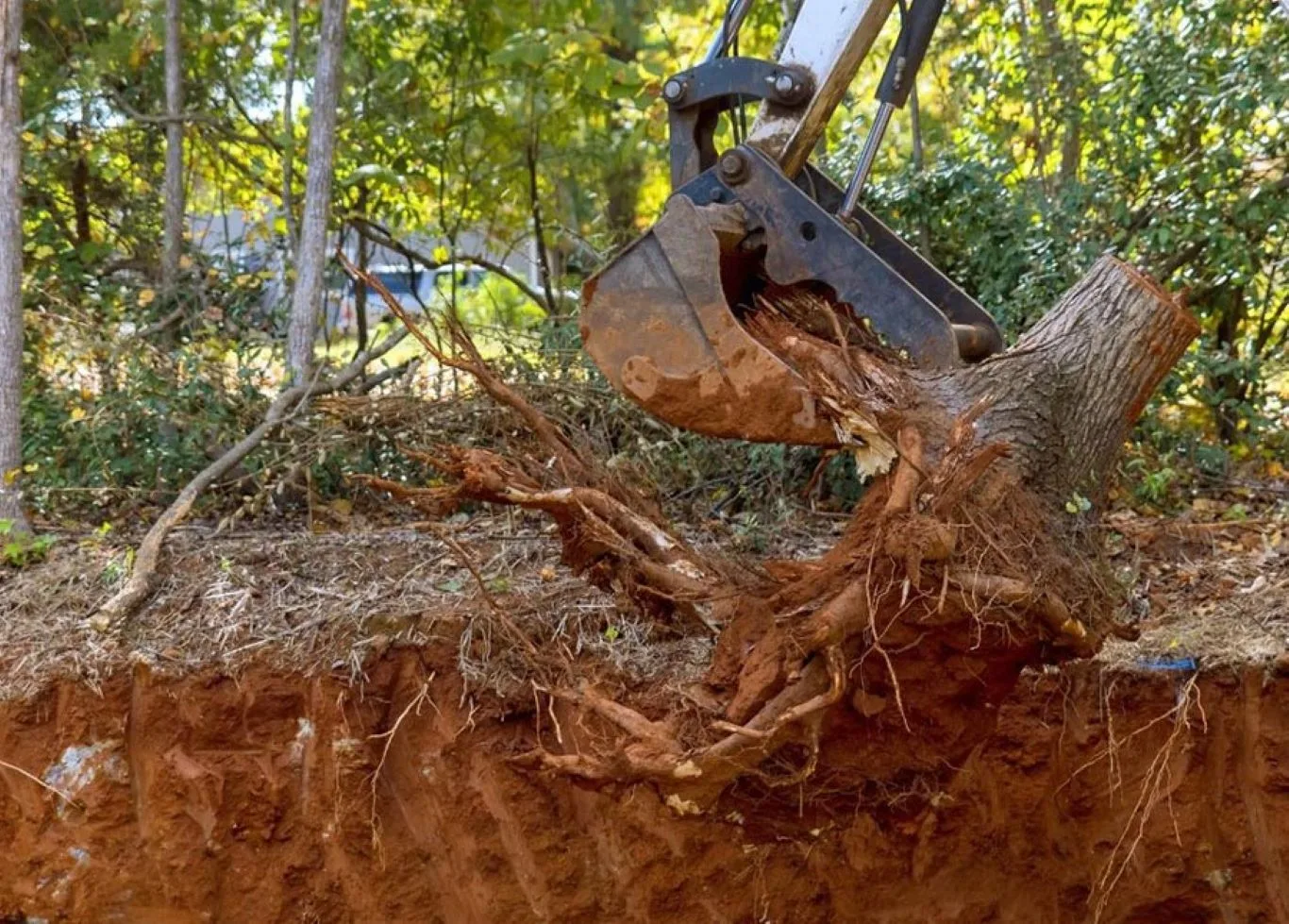Trees are far more than attractive features in our gardens. They are living ecosystems that provide food, shelter, and nesting opportunities for an astonishing variety of wildlife. From towering oaks to delicate hawthorns, the trees we choose to plant can make a huge difference to the health and diversity of our local environment. In the UK, certain native and well-adapted species — especially the most common trees in UK gardens — are particularly beneficial to wildlife, helping to sustain the insects, birds, and mammals that make up our natural heritage.
Below, we’ll explore some of the most common trees you’ll find in UK gardens and look at the essential roles they play in keeping British wildlife safe and thriving.
Silver Birch (Betula pendula)
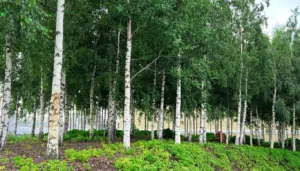
The silver birch is one of the UK’s most iconic trees. With its striking white bark and delicate, airy canopy, it is popular for smaller gardens as it doesn’t cast heavy shade. What many people don’t realise is that a mature silver birch can support more than 300 species of insects.
Its leaves feed the caterpillars of several moth species, including the Kentish Glory and the Buff-tip. In spring, the flowers provide early pollen for bees emerging from hibernation. The tiny seeds are loved by finches, siskins, and redpolls, while woodpeckers and other hole-nesting birds often use old birch trunks for nesting cavities.
Planting a silver birch can transform a modest garden into a rich habitat almost overnight.
English Oak (Quercus robur)
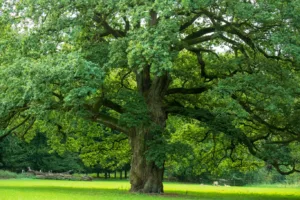
If you have space for a larger tree, the English oak is the undisputed champion for supporting wildlife. One mature oak can host over 2,300 species, making it Britain’s most valuable tree for biodiversity.
Its leaves are food for hundreds of moth caterpillars, which in turn feed blue tits and other insectivorous birds. In autumn, acorns are a vital food source for jays, squirrels, and mice. Even the decaying wood of older oaks provides homes for beetles, fungi, and a host of invertebrates.
While an oak can grow to be enormous, there are smaller cultivars and naturally smaller species, like sessile oak, which can be more suitable for larger gardens without becoming overwhelming.
Hawthorn (Crataegus monogyna)
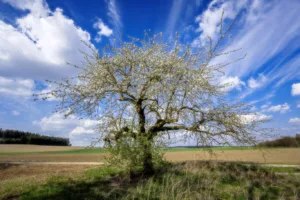
Hawthorn, sometimes called the May tree because of its frothy white blossoms in May, is a fantastic choice for wildlife-friendly hedging or small trees.
Its spring flowers are a magnet for pollinators, including bees, hoverflies, and butterflies. Later in the year, the red haws are a vital autumn feast for thrushes, blackbirds, and fieldfares.
Hawthorn branches provide excellent nesting sites for small birds, safe from predators thanks to their dense, thorny structure. Dormice have also been known to use hawthorn thickets as shelter.
Rowan (Sorbus aucuparia)
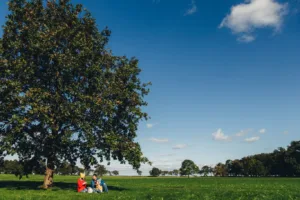
Also known as the mountain ash, the rowan is a graceful tree with feathery leaves and clusters of bright orange-red berries in late summer and autumn.
Rowan berries are an important food source for blackbirds, mistle thrushes, and waxwings, particularly in cold winters when other fruits are scarce. The flowers attract bees and other pollinators, while the foliage supports caterpillars of several moth species.
Because rowan is relatively compact and tolerates poor soil, it is ideal for smaller gardens and urban areas.
Holly (Ilex aquifolium)
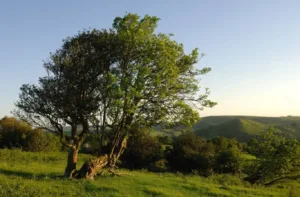
Holly is perhaps most famous for its glossy, spiky evergreen leaves and cheerful red berries around Christmas. But for wildlife, holly is important year-round.
The dense foliage provides excellent shelter and nesting sites for robins, wrens, and blackbirds. The small white flowers in spring are a rich source of nectar for bees. In autumn and winter, the berries are a crucial food supply for thrushes and other birds.
Because it is evergreen, holly offers cover in the coldest months when deciduous trees stand bare, helping birds and small mammals find refuge from harsh weather and predators.
Crab Apple (Malus sylvestris)
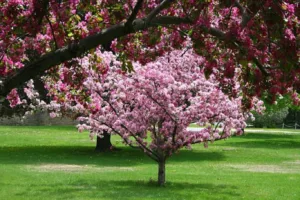
Crab apples combine beautiful blossom with a wealth of benefits for wildlife. In spring, they erupt in pinkish-white flowers, which attract bees and other insects in huge numbers.
Later, the small fruits persist into autumn, providing food for blackbirds, starlings, and other birds. Even mammals like foxes and badgers will feed on fallen crab apples.
Crab apples are relatively compact and can even be trained as espaliers against walls, making them ideal for gardens with limited space.
Why Trees Matter for UK Wildlife
When you plant a tree, you are essentially building a miniature nature reserve. Trees offer three essential things to wildlife:
- Food: Leaves, flowers, seeds, berries, and insects associated with trees provide sustenance for countless species.
- Shelter: Dense branches protect birds and mammals from predators and weather. Cavities and decaying wood become homes for bats, owls, and beetles.
- Connectivity: Trees act as stepping stones, linking fragmented habitats together and allowing species to move across landscapes safely.
In an age when many natural habitats are under threat, planting trees in gardens has never been more important. By choosing native species like oak, hawthorn, or silver birch, you create a lifeline for insects, birds, and mammals that are struggling to survive in increasingly urbanised environments.
Tips for Planting Trees for Wildlife
- Go native: Native trees are more likely to support local wildlife than exotic ornamental species.
- Include variety: Different trees benefit different creatures, so mixing species increases your garden’s value as habitat.
- Be patient: Trees take time to mature, but even young saplings start offering shelter and food.
- Leave leaf litter: Decaying leaves and deadwood beneath trees support beetles, fungi, and ground-feeding birds.
- Avoid pesticides: Allow nature to regulate pests naturally.
Conclusion
Whether you have a sprawling garden or a modest plot, the trees you plant can make a profound difference to wildlife in your area. Common UK trees like silver birch, oak, hawthorn, and rowan have evolved alongside our native insects, birds, and mammals, creating intricate interdependencies that sustain life.
By choosing to grow these trees, you help ensure that hedgehogs find shelter, butterflies have food for their larvae, and songbirds have berries to survive winter.
Next time you admire the trees in your garden, remember that each one is a thriving, life-giving habitat. Planting a tree isn’t just good for the environment—it’s an act of hope for the countless creatures that call Britain home.

